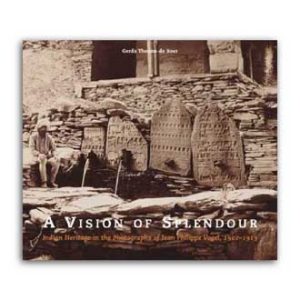Using the concept of boundaries, physical and cultural, to understand the development of China’s maritime southeast in Late Imperial times, and its interactions across maritime East Asia and the broader Asian Seas, these linked essays by a senior scholar in the field challenge the usual readings of Chinese history from the centre. After an opening essay which positions China’s southeastern coast within a broader view of maritime Asia, the first section of the book looks at boundaries, between “us” and “them”, Chinese and other, during this period. The second section looks at the challenges to such rigid demarcations posed by the state and existed in the status quo. The third section discusses movements of people, goods and ideas across national borders and cultural boundaries, seeing tradition and innovation as two contesting forces in a constant state of interaction, compromise and reconciliation. This approach underpins a fresh understanding of China’s boundaries and the distinctions that separate China from the rest of the world.
In developing this theme, Ng Chin-keong draws on many years of writing and research in Chinese and European archives. Of interest to students of migration, of Chinese history, and of the long term perspective on relations between China and its region, Ng’s analysis provides a crucial background to the historical shared experience of the people in Asian maritime zones. The result is a novel way of approaching Chinese history, argued from the perspective of a fresh understanding of China’s relations with neighboring territories and the populations residing there, and of the nature of tradition and its persistence in the face of changing circumstances.
About the author: Ng Chin-keong was professor of Chinese History at the National University of Singapore until his retirement in 2006. He is the author of Trade and Society: The Amoy Network on the China Coast, 1683-1735.
“Throughout his career, Professor Ng Chin-keong has been a bold crosser of borders, focusing on geographical boundaries, approaching them through one discipline after another, and cutting across the supposed dividing line between the “domestic” and the “foreign”. He demonstrated his remarkable versatility as a scholar in his classic book, Trade and Society: The Amoy Network on the China Coast, 1683-1735, which explored agriculture, cities, migration, and commerce. His new book deepens his research on these topics but also ventures farther afield, pursuing the history of diplomacy, technology, and culture.” — Sherman Cochran, Cornell University
Ng Chin-keong brings together the work of forty years of meticulous research on the manifold activities of the coastal Fujian and Guangdong peoples during the Ming and Qing dynasties. Since the publication of his classic study, The Amoy Network on the China Coast, he has been pursuing deeper historical questions behind their trading achievements. In the thirteen studies included here, he deals with many vital questions that help us understand the nature of maritime China and he has added an essay that puts his answers in a longer perspective. With China once again fully engaged with the ocean, this volume makes compelling reading. — Wang Gungwu, East Asian Institute, National University of Singapore









